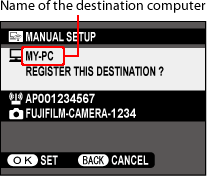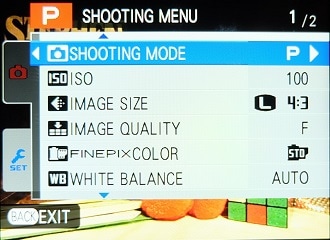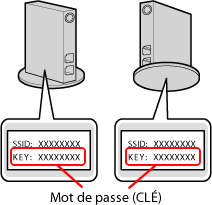
- Fujifilm pc autosave searching for destination pc manual#
- Fujifilm pc autosave searching for destination pc full#
- Fujifilm pc autosave searching for destination pc series#
- Fujifilm pc autosave searching for destination pc download#
- Fujifilm pc autosave searching for destination pc windows#
With a full-size JPEG attached to your RAW file, you’ll be able to zoom in and get an accurate view of sharpness, and you’ll also have a JPEG of the image. This is one reason why I recommend that if you like to shoot RAW, you might as well shoot RAW+JPEG with the IMAGE SIZE set to 元:2 and IMAGE QUALITY set to (RAW)F.
Fujifilm pc autosave searching for destination pc download#
(This is true with any camera.) So, even though your images might appear sharp when you zoom in, they might not be quite as sharp as you thought when you download the file and view them on the big screen. This is because the embedded JPEG previews attached to RAW files are only medium-sized JPEGs. You should know that if you’re shooting RAW only, you won’t be able to get an accurate assessment of sharpness by zooming in. I recommend using the “press or double-tap” options, though it’s a lot faster. You can also zoom in and out by rotating the rear command dial.

Fujifilm pc autosave searching for destination pc full#
Press again and it zooms back out to full size. Once you tap, the image will zoom to the area where your selected focus zone was located when you shot the photo.

When reviewing your images, you can press the rear command dial (use FOCUS ASSIST on the X-T1 or pinch/double-tap the LCD screen on touchscreen models) to zoom in and check your images for sharpness. From there you can either scroll normally or return to the grid by rotating the rear command dial again. Pressing the OK button or pressing on the joystick will bring up the image in full-size view.

When viewing in either grid mode, you can scroll through all of your thumbnails using any of the scrolling methods described above. One click brings up a grid of nine thumbnails. If you want to review multiple images at the same time, simply turn the rear command dial to the left. If you have a touchscreen-enabled Fuji, you can swipe between images to scroll. You can also use the left and right thumb pad buttons or the AF joystick. The fastest way is to scroll using the front command dial. There are a few ways you can scroll though your images. You could even have three playback buttons if you’d like. You could make any of the buttons control playback. Instead of having to reach up with my left hand and use the regular PLAYBACK button, I can just tap the second button with my thumb. I currently have my AF-L button set as a second playback button, which lets me easily view images during times when I’m shooting one-handed, like when riding bikes or shooting while driving, flying, etc. How fun is that, right? You can even set your camera up with more than one playback button. BASIC OPERATIONįirst things first: the PLAYBACK button! Playback Button In this chapter, we’ll cover the PLAYBACK MENU items, but I’ll begin with basic operation of the controls.
Fujifilm pc autosave searching for destination pc series#
The X Series cameras give you a wide range of options for viewing, storing, editing, processing, annotating, presenting, and sharing your images.
Fujifilm pc autosave searching for destination pc manual#

Fujifilm pc autosave searching for destination pc windows#
I'm working on a document in MS Word (Office 365, Windows 7) and have made changes that I want to save.


 0 kommentar(er)
0 kommentar(er)
